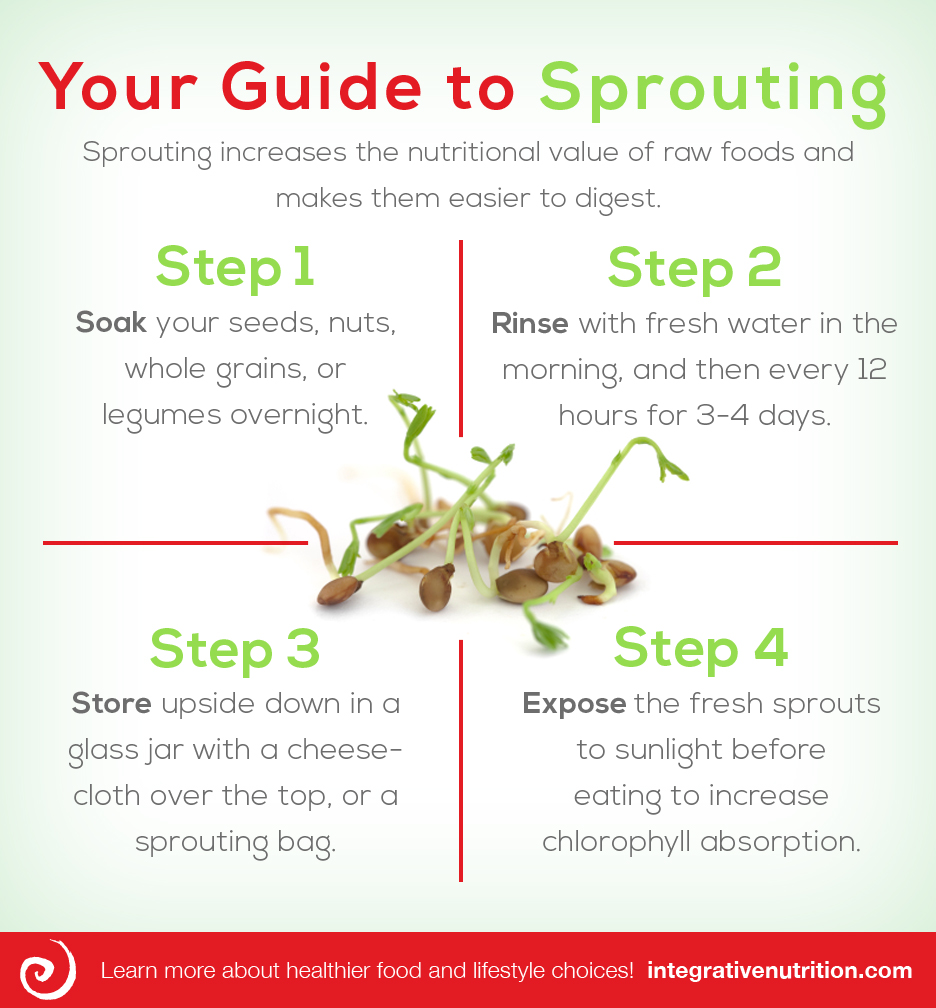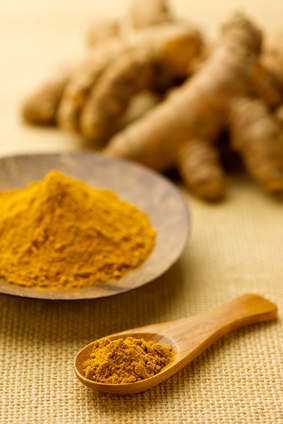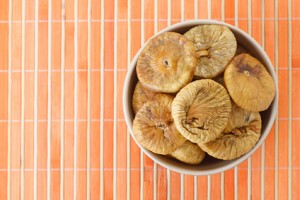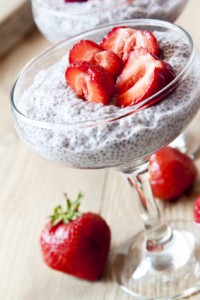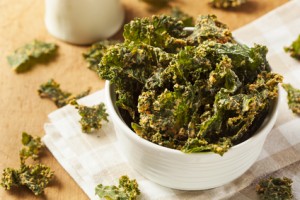 You can save a lot of money by making these super-easy, dairy-free, cheesy kale chips. Your kids will gobble them up!
You can save a lot of money by making these super-easy, dairy-free, cheesy kale chips. Your kids will gobble them up!
Serves: 6
Prep time: 10 minutes
Cook time: 20 minutes
Ingredients
- 1 bunch kale
- 2 teaspoons olive oil
- 2 pinches sea salt
- 1/4 cup nutritional yeast
Directions
Step 1
Clean and rinse kale. Pat or spin dry. Tear out stem and discard. Tear leaves into bite-sized pieces.
Step 2
In a large bowl, add in olive oil, sea salt and nutritional yeast. Place on a large baking sheet and bake at 250F for 15 minutes. Turn over and cook for 5 more minutes.
See Also
Sign up for my best gluten-free, dairy-free recipes below:




